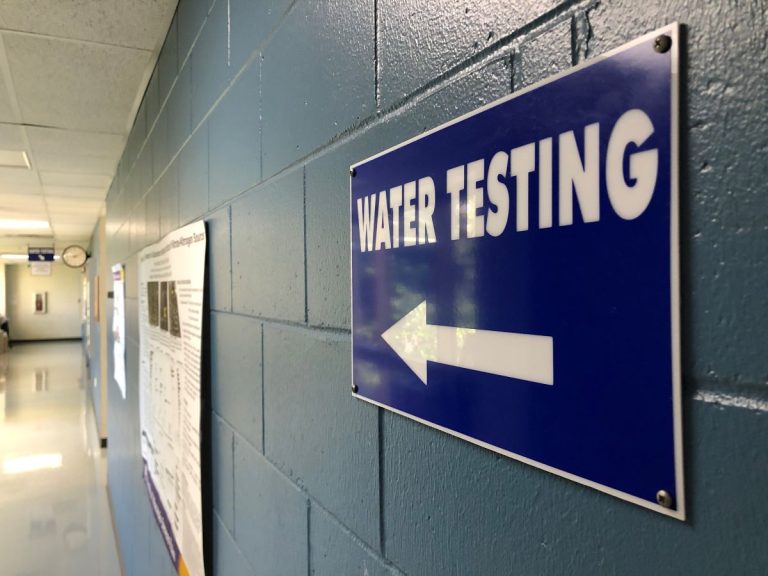Discover a new interactive Extension guide — Water WELLness: Managing Your Private Well Water System — empowering private well owners with the know-how to keep their water clean, safe, and reliable. The UW–Stevens Point Center for Watershed Science and Education and the Wisconsin Geological and Natural History Survey developed the guide with the help of the Natural Resources Institute Instructional Design Unit.
The free, self-paced guide is specifically designed for private well owners in Wisconsin to become their own “water utility managers.” It reviews topics ranging from Wisconsin geology and aquifers to the details of private well construction and water quality contaminants. Information on well water testing, such as where to test, what to test for, and how to interpret results is also included.

“Private wells serve as the sole source of drinking water for hundreds of thousands of Wisconsin households. Without municipal oversight, well owners shoulder responsibility for regular testing, and routine maintenance,” notes Kevin Masarik, Director of the Center for Watershed Science and Education and Extension Specialist. “It can be overwhelming to know where to start for a lot of folks, so we created this guide that starts at the beginning — why test your well, and goes all the way to understanding your testing results and how to select a water treatment solution that is right for you.”
According to Amy Wiersma, a hydrogeologist with the Wisconsin Geological and Natural History Survey who helped develop the guide, approximately 9 percent of private wells in Wisconsin are above health guidelines for nitrate-nitrogen in drinking water and between 15 and 25 percent of private wells contain coliform bacteria — an indicator of potential pathways for harmful pathogens that enter a well water system. These statistics underscore the importance of proper well stewardship and routine monitoring and maintenance to ensure your water is safe.
In the Water WELLness Guide you’ll find:
- Interactive system diagrams illustrating well components and flow paths
- Well water and health concerns
- Recommendations for what to test for and how often
- What determines your well water quality
- Information about emerging contaminants
- Suggested actions for improving your well water quality, including guidance on selecting treatments for common water quality issues
- Links to state-certified laboratories and financial assistance programs
The Water WELLness guide, which was developed with funding from a UW–Madison Extension Dean’s Innovation Grant, is provided to all individuals who test their well water through the Water and Environmental Analysis Lab at the Center for Watershed Science and Education, but you don’t have to have your water tested to use the guide. You can dive in today at go.wisc.edu/wiwaterwellness. Bookmark this page and return anytime to find out what to test for, when to test, and how to interpret your results.




